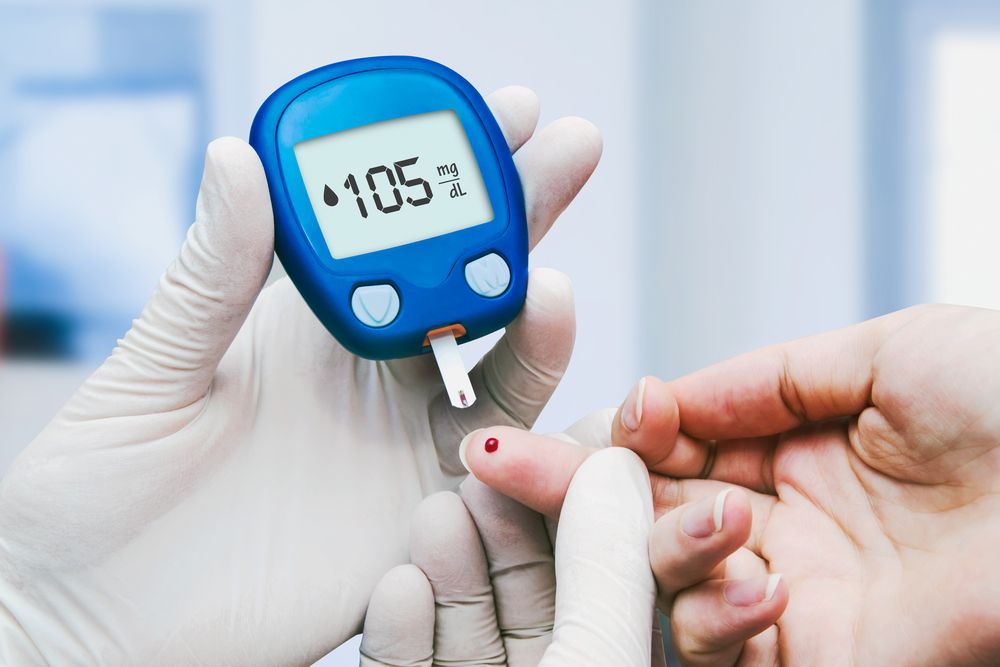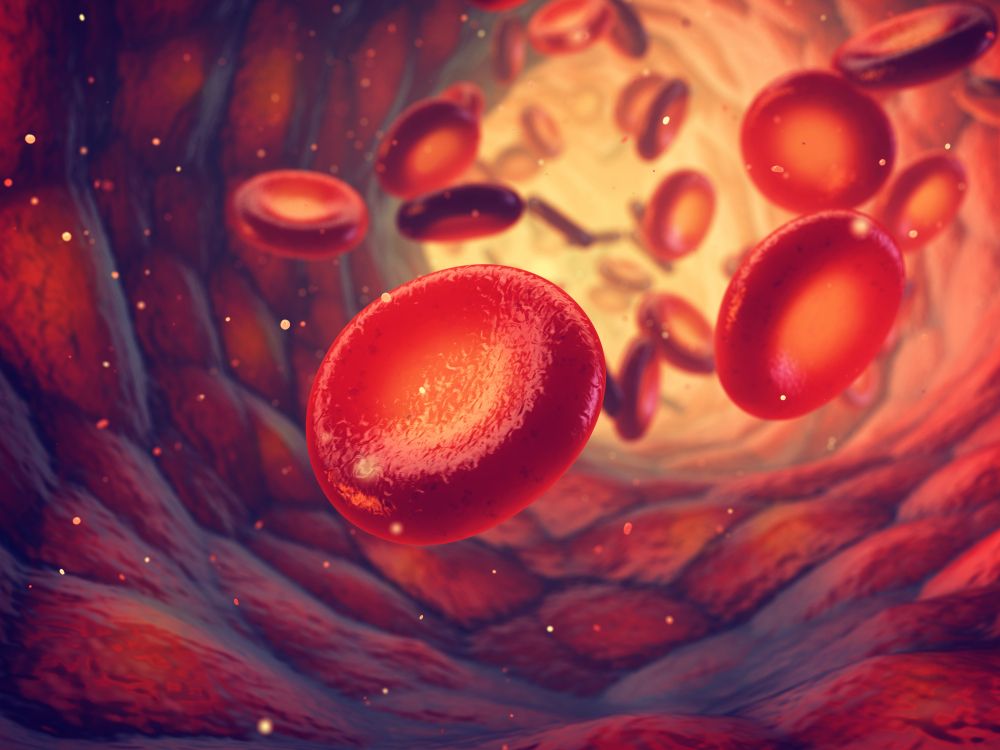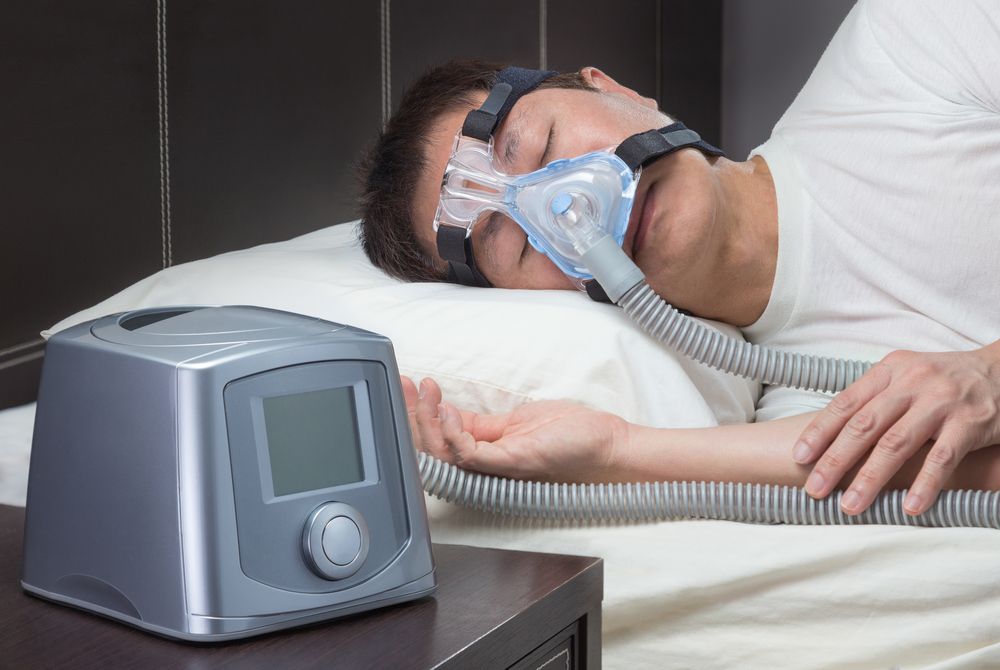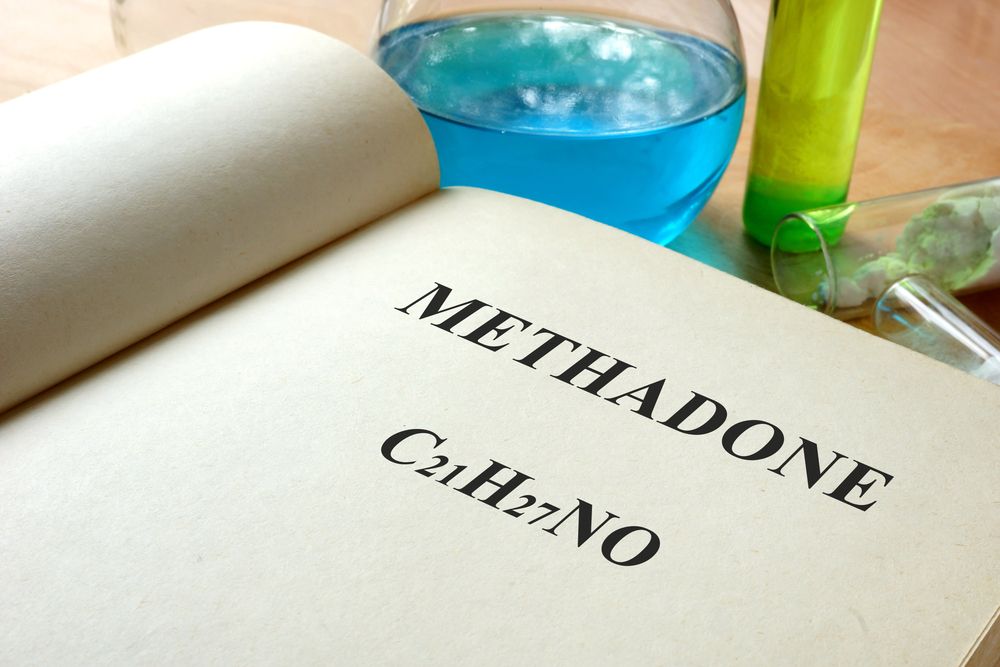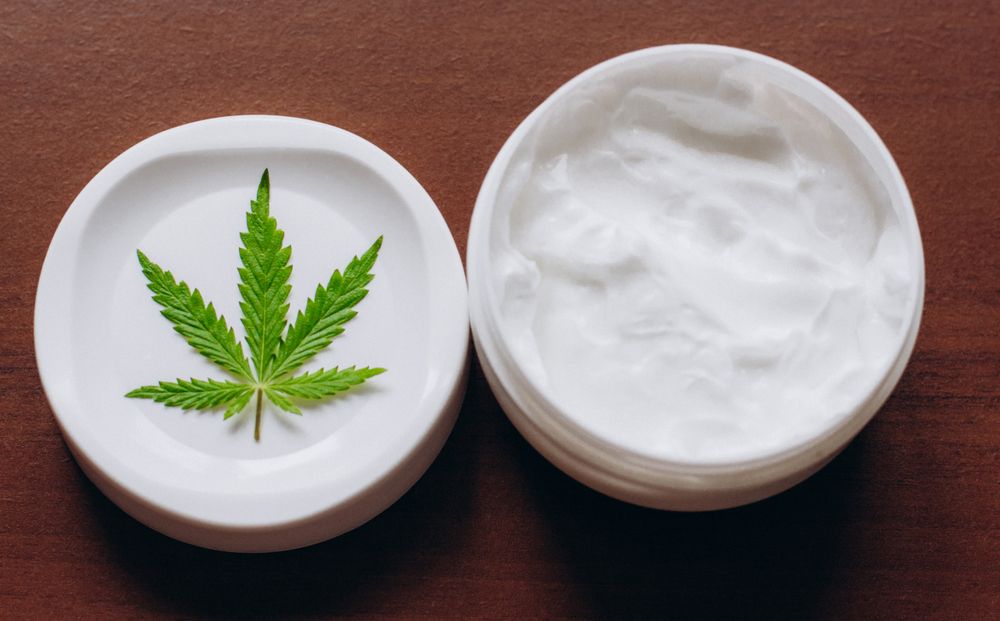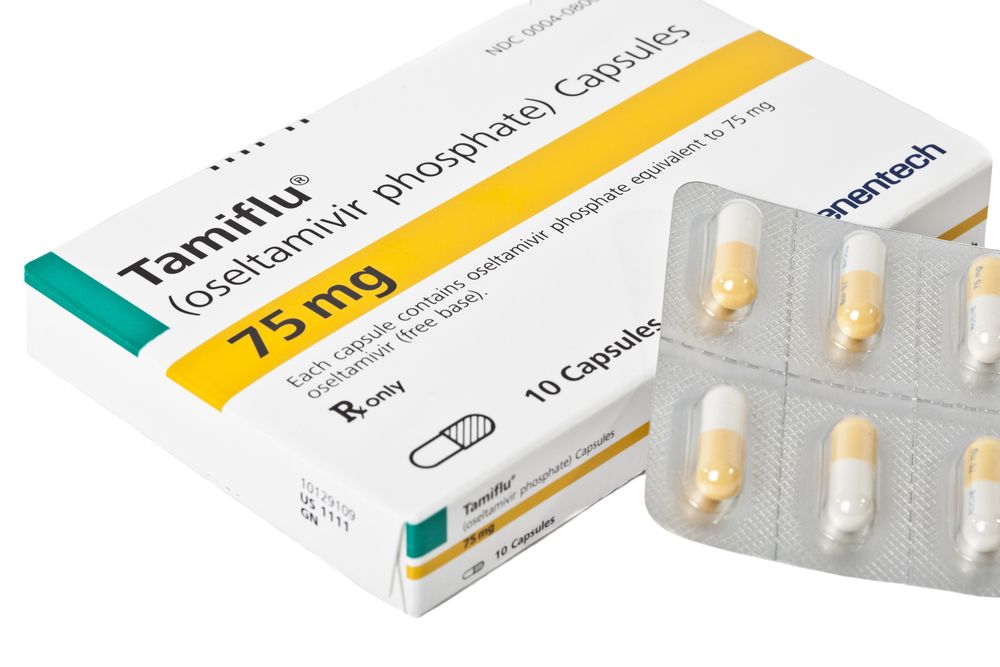Glaucoma is an eye disease that causes damage to the optic nerve. It can progress to vision loss, including total blindness. (Learn More, What Is Glaucoma?)
Genetics and other variables make some people more likely to develop glaucoma than others. (Learn More: Are There Risk Factors for Glaucoma?)
Thanks to medical advances and ongoing research, it is possible to manage glaucoma if you receive a diagnosis. (Learn More: Is There a Cure for Glaucoma?)
Monitor your eyesight and be aware of your family’s eye health history. This can help you to note any changes immediately, so you can get an early diagnosis of glaucoma if it is present. (Learn More: How Glaucoma Is Diagnosed)
Glaucoma treatments include eye drops, medications, surgery, and laser treatments. (Learn More, Glaucoma Treatments)
What Is Glaucoma?
Your optic nerve is what helps you best use your eyes and see the world. Aging and some medical conditions can cause you to develop glaucoma, a common eye disease that damages your optic nerve, eventually limiting your vision. 
A few risk factors for the development of glaucoma are:
- Regular aging.
- Glaucoma at birth.
- Optic nerve damage (in children).
Though we understand glaucoma to be one disease, there are two types of glaucoma.
- Angle-closure glaucoma: The eye is made up of different parts that need to be a given distance from each other to stay healthy. This kind of glaucoma develops if your iris blocks the part of your eye that gets rid of excess liquid (drainage angle).
Some people may take years to develop this type of glaucoma. If untreated, it can lead to blindness.
See an ophthalmologist if you notice these symptoms:
-
- Seeing halos
- Sudden pain in the eye or headaches
- Blurry vision
- Seeing rainbows around lights
- Nausea
- Vomiting
- Open-angle glaucoma: The more common type, open-angle glaucoma appears in about 90 percent of people who are diagnosed with glaucoma. It takes years for this type of glaucoma to fully develop. Vision problems may not cause serious problems for a long time.
This type occurs when the eyes cannot properly drain themselves of liquid, eventually mounting pressure that slowly damages the optic nerve.
How Glaucoma Is Diagnosed
Eye exams can help your doctor know if you have glaucoma. You will be tested for:
- Excess intraocular pressure (IOC). This refers to the amount of pressure in your eye. If your pressure fluctuates a lot, it may signify a risk of glaucoma. You can have low pressure and still develop glaucoma.
How your eye reacts to this pressure is what matters. Testing for this is called tonometry.
- Visual field tests. Called perimetry, your doctor will see how well your peripheral (side) vision can see a flashing light. This test is usually done a few times to confirm whether or not you have glaucoma.
- Analysis of the nerve fiber. Doctors measure the thickness of the fibers in your nerve. Thinner fiber usually indicates the development or progression of glaucoma.
- Measuring thickness of the cornea (pachymetry). This method is still new. The thickness of the cornea is linked to how much pressure your eye experiences when using tonometry testing.
- Gonioscopy. Your doctor will use a device with mirrors that measures the angle of your cornea by lightly touching your eye. If the angle is open or closed, your doctor can know if you have glaucoma and how much it has progressed.
- Ophthalmoscopy. Your doctor will use a magnifying glass and other medical equipment to check the health of your eye. You may have your eyes dilated so your doctor can better see your eye.
Can Glaucoma Be Cured?
Glaucoma cannot be cured because your nerve cannot produce new cells after they die.
If you do not treat glaucoma, you could lose your vision gradually. Patients with glaucoma do not become blind, but it can occur.
Frequent testing of your eyes can prevent or catch glaucoma before it becomes more severe.
Glaucoma Treatments
Some treatments for glaucoma are:
- Eye drops and pills. These can help with early stages of glaucoma. They are meant to relieve pressure in your eye and prevent glaucoma’s progression.
-
- Brimonidine tartrate is an eye solution prescribed for open-angle glaucoma or high pressure in the intraocular nerve. It is usually used on the eye about every eight hours, three times per day, to relieve pressure that causes or worsens glaucoma.
People who take monoamine oxidase (MAOI) inhibitors should not take this medication, as the two can interact. It can cause your eyes to get red (conjunctivitis) and irritation. - Dorzolamide hydrochloride and timolol maleate ophthalmic solution is used for patients who are suffering from excess pressure to the intraocular nerve and from open-angle glaucoma. You typically apply this to the eye twice daily, and the medication is available in three strengths.
People with asthma should check with their doctor before use. Side effects can include burning in the eye area, itching, and blurry vision.
- Brimonidine tartrate is an eye solution prescribed for open-angle glaucoma or high pressure in the intraocular nerve. It is usually used on the eye about every eight hours, three times per day, to relieve pressure that causes or worsens glaucoma.
-

- Laser treatment. Known as laser trabeculoplasty, this treatment is meant to decrease pressure in your eye. Performed at an eye clinic or your doctor’s office, a laser beam is pointed at your eye.
You will see flashes of light in green or red, and the burns are meant to allow liquid to drain from your eye. After this, you may be given drops to soothe any aftereffects.
If you have glaucoma in both eyes, you will have laser treatment separately for each eye.
- Surgery. Called trabeculectomy, this surgery is typically performed if eye drops, medication, or laser treatment have not had the intended effect. Your doctor will surgically create a new route for your eye to discharge liquid and reduces intraocular pressure by removing a minimal amount of tissue.
Your vision will improve, but it may not be what it was before glaucoma. You will be given instructions for aftercare and may be required to use eye drops for a few days or weeks.
Surgery for each eye will be scheduled on different dates if you need it for both.
Frequently Asked Questions
What exactly is glaucoma?
Glaucoma is an eye condition that occurs due to elevated pressure within the eye (intraocular pressure). Eventually the ocular nerve in your eye starts to die, causing vision impairments that are irreversible.
There are two types: open-angle glaucoma and angle-closure glaucoma.
What are risk factors for glaucoma?
Senior citizens and those with optic nerve damage that occurred during birth or as a child are at risk for glaucoma.
Is it possible to cure glaucoma?
There are no cures for glaucoma, but there are treatments that can manage it. Prescription pills or eye drops can treat early stages of glaucoma and relieve pressure. Laser and conventional surgeries can also be performed to prevent further progression of glaucoma.
What kind of doctor diagnoses and treats glaucoma?
Both optometrists and ophthalmologists can diagnose glaucoma, but only an ophthalmologist can treat it.
References
Glaucoma: Overview. (June 2013). Institute for Quality and Efficiency in Health Care.
Glaucoma. (November 2018). Mayo Clinic.
What Is Glaucoma? (November 2018). American Academy of Ophthalmology.
Facts About Glaucoma. (November 2015). National Eye Institute.
Six Texts for Diagnosing Glaucoma. (June 2019). Verywell Health.
Difference Between an Ophthalmologist, Optometrist and Optician. (2011). American Academy of Ophthalmology.
BRIMONIDINE TARTRATE – Brimonidine Tartrate Solution. (January 2010). DailyMed.
DORZOLAMIDE HYDROCHLORIDE AND TIMOLOL MALEATE – Dorzolamide Hydrochloride and Timolol Maleate Solution/Drops. (July 2016). DailyMed.



